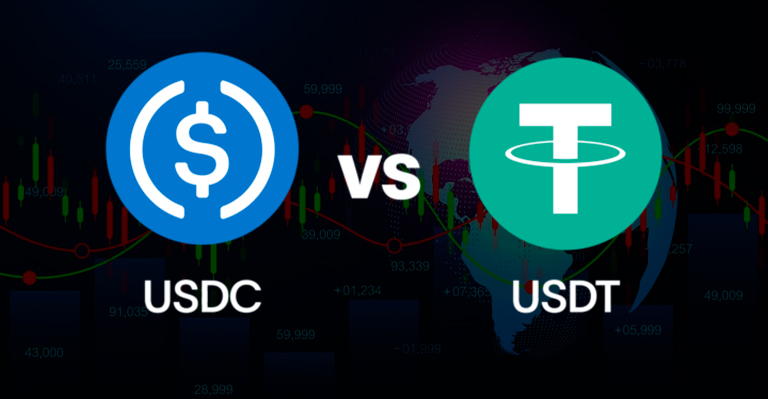TL;DR
- Circle’s USDC Surpasses USDT: In April 2024, Circle’s USDC saw 166.6 million transactions, surpassing Tether’s USDT’s 163.6 million transactions. Over the past week, USDC transacted $456 billion in volume, capturing 50% of total stablecoin transactions year-to-date.
- USDC and USDT Usage: The difference in usage between USDC and USDT could be due to USDT being predominantly used outside the US as a store of value pegged to the dollar, whereas USDC is primarily utilized within the US for transactions.
- Stablecoin Market Landscape: Despite Circle’s rising transaction count, Tether’s USDT still accounts for over 68% of the entire stablecoin market. However, the recent data suggests a shift in the stablecoin landscape, with USDC emerging as a strong contender in the transaction volume race.
Circle’s stablecoin USDC has overtaken Tether’s USDT in transaction volume. According to data compiled by Allium, USDC saw 166.6 million transactions in April 2024, surpassing USDT’s 163.6 million monthly transactions.
Over the past week, USDC transacted $456 billion in volume, capturing 50% of total stablecoin transactions year-to-date. Despite Tether’s dominance in circulation, with a market share of 68%, USDC’s rise suggests a shifting preference.
This development questions the widely held belief that USDT is the leading stablecoin in the industry. Noelle Acheson, who pens the newsletter ‘Crypto Is Macro Now’, proposes that the difference could be due to USDT being predominantly used outside the US as a store of value pegged to the dollar, whereas USDC is primarily utilized within the US for transactions.
Deciphering Stablecoin Transaction Data: The Case of Circle’s USDC

Stablecoins, whose purpose is to keep a consistent value that mirrors a fiat currency, usually the US dollar, hold a significant position in the cryptocurrency ecosystem. They help traders move funds in and out of tokens and facilitate payments for purposes such as cross-border remittances.
These observations follow Circle’s participation in the US banking crisis last year, which led to a decrease in the total value of circulating USDC from a peak of $56 billion to $23 billion in December 2023. Nevertheless, the circulating value of USDC has since recovered to $32.8 billion.
Deciphering stablecoin transaction data can be complex due to the multitude of use cases and the possibility of transactions being triggered either manually by end-users or automatically via bots. When cleansed of trades linked to bots, the total transfer volume over the 30 days before April 24 fell from $2.65 trillion to $265 billion.
Despite Circle’s rising transaction count, Tether’s USDT still accounts for over 68% of the entire stablecoin market. However, the recent data suggests a shift in the stablecoin landscape, with USDC emerging as a strong contender in the transaction volume race.

